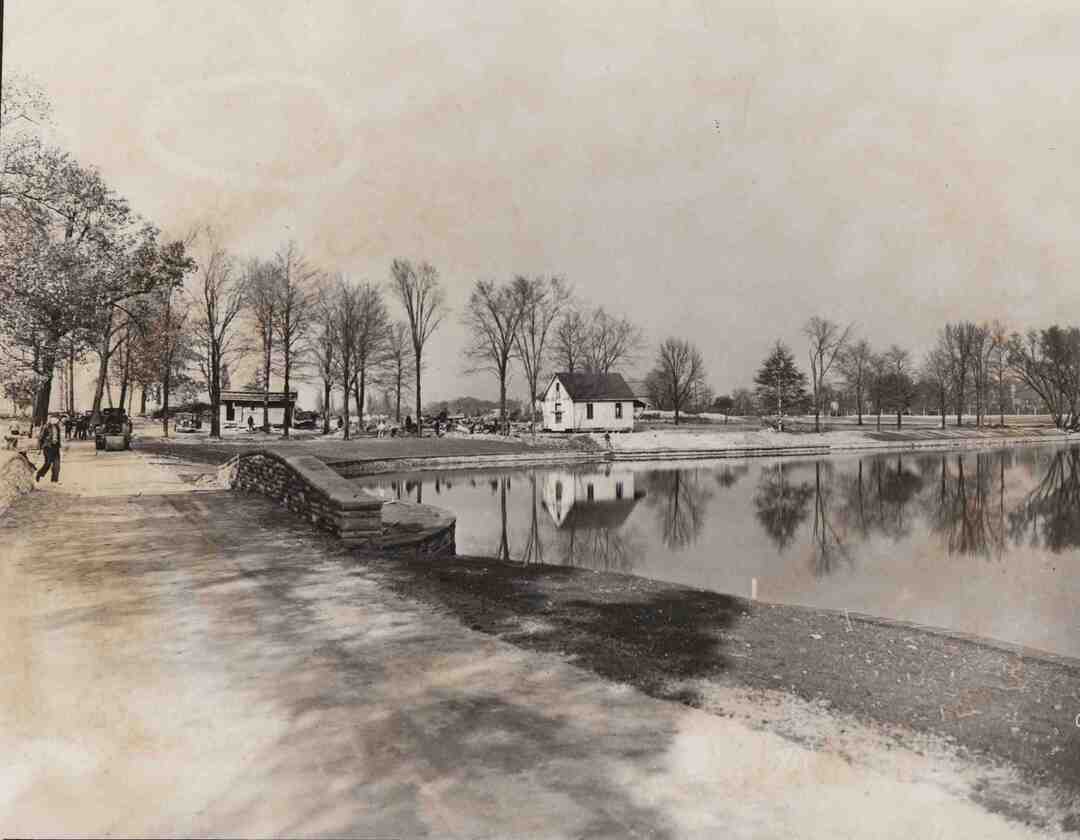
Forest Hill was once the sweeping estate of oil baron John D. Rockefeller. Originally from a small town near the Finger Lakes in upstate New York, Rockefeller purchased the land along Euclid Avenue as a commercial venture in 1873, opening (along with other investors) a "water cure resort" centered around a Victorian mansion built on a hilltop overlooking Cleveland and Lake Erie. After the resort quickly went out of business, the mansion became the Rockefeller family's summer home, often referred to as "the homestead." The Rockefellers split time between here and their home on Euclid Avenue's Millionaires' Row until the family moved to New York City in 1884, after which point they returned to Forest Hill each summer. After his wife died in 1915, however, John D. Rockefeller seldom returned to Cleveland and Forest Hill. The summer home burned down under mysterious circumstances in 1917.
Rockefeller sold Forest Hill to his son John Rockefeller Jr. in 1923 for $2.8 million. In 1939, Rockefeller Jr. donated 235 acres of the Forest Hill acreage to the cities of Cleveland Heights and East Cleveland with the express stipulation that they be used for public recreation. This land included the site of the old Rockefeller house (now used as a sledding hill), and was developed into a public park by the landscape architect and Cleveland Heights native A. D. Taylor. The park opened in 1942, allowing members of the public to at last savor the cool lake breezes previously enjoyed by the richest man in the world. Picnic areas, walking trails, ballfields, and a swimming pool were some of the amenities added to the park over the years.
On the land east of Lee Boulevard, Rockefeller Jr. commissioned Andrew J. Thomas of New York to design a Garden City-influenced residential and commercial development. The resulting Forest Hill subdivision included 81 French Norman–style houses situated with common back yards that formed greenswards, as well as the gateway business block now known as the Heights Rockefeller Building, before the Great Depression prevented a fuller expression of the Rockefeller-Thomas vision. After prolonged difficulty in developing the remainder of the Forest Hill residential allotment, Rockefeller Jr. sold the land in 1948 to a Toledo-based syndicate that in turn sold lots to individuals who built mostly California ranch houses.
Audio
Images






